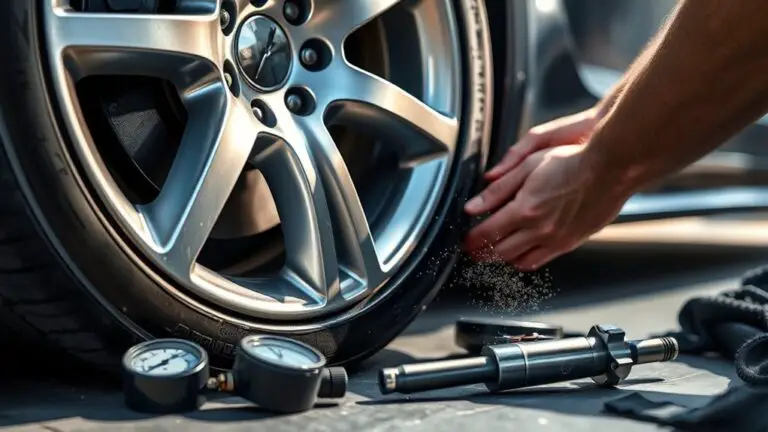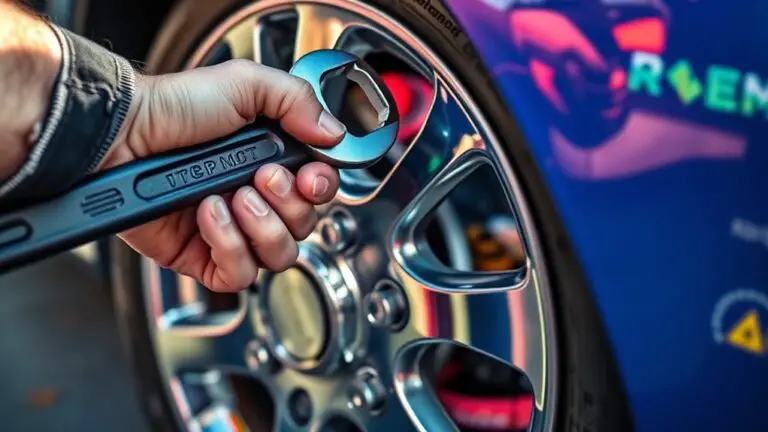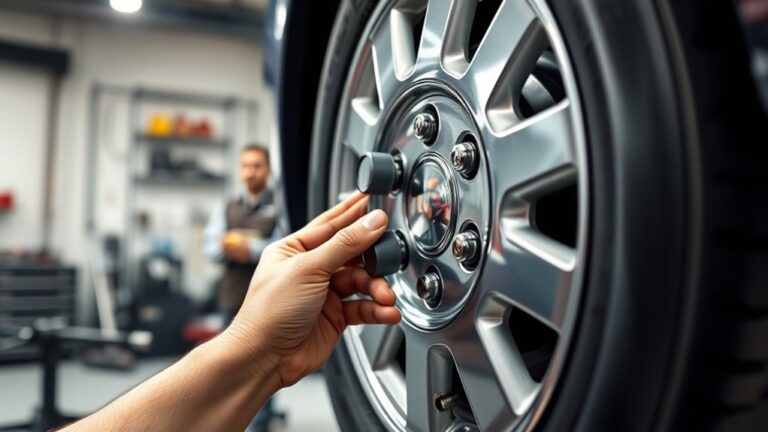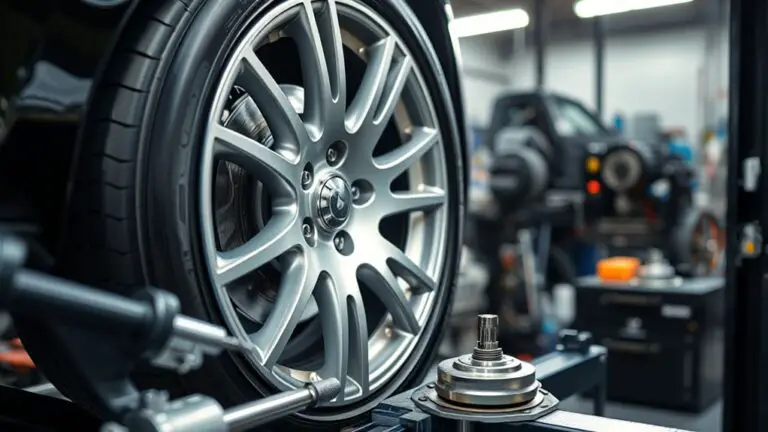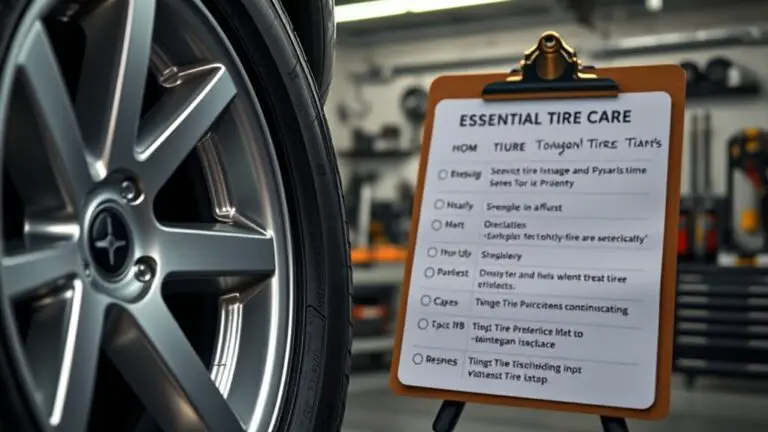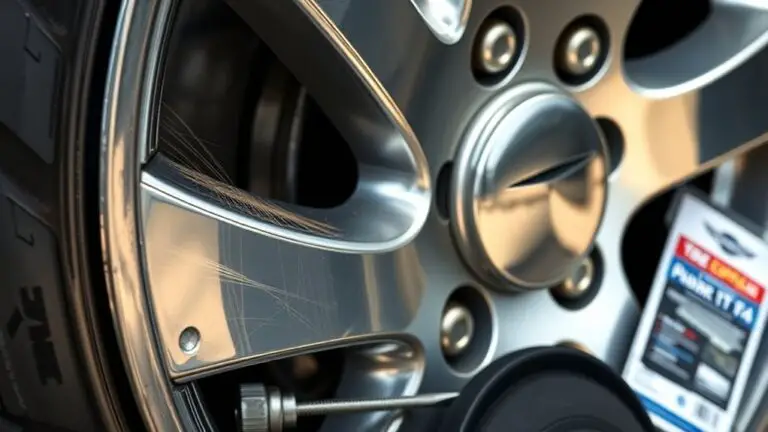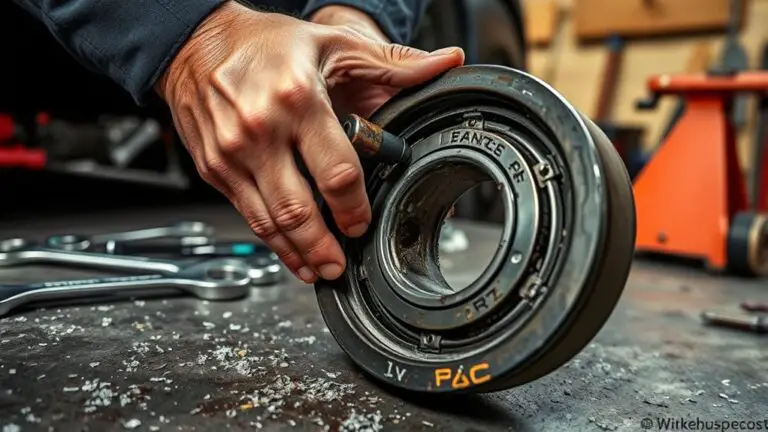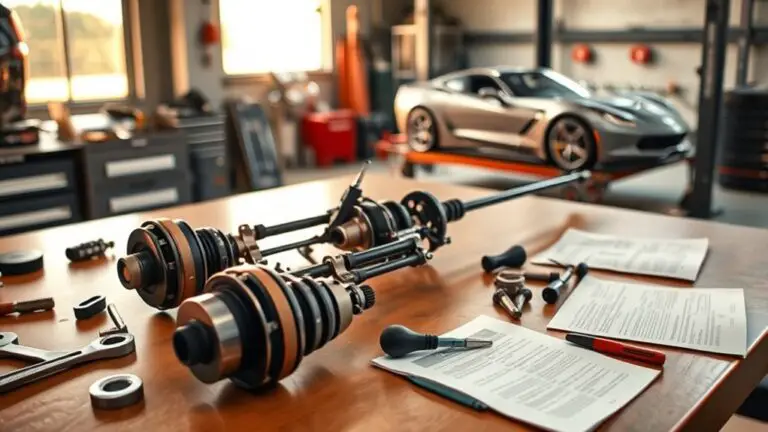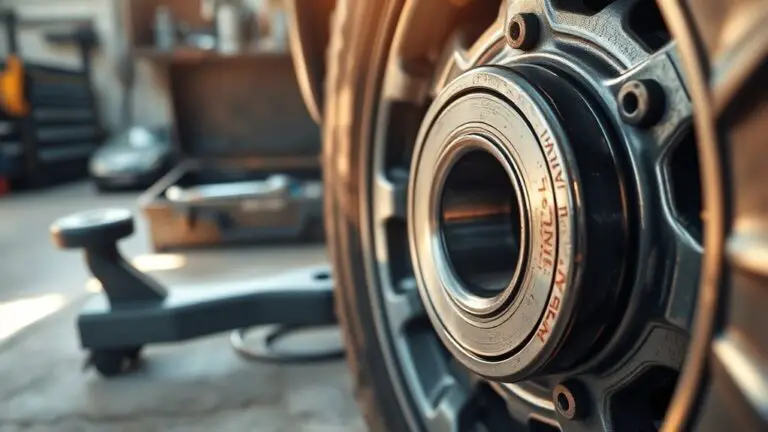How to Diagnose Frequent Rim Bend and Permanent Solutions
Frequent rim bends usually come from impact or overload, so start with a precise inspection. Spin the wheel to note runout, then check the rim for obvious defects, cracks, or distorted spoke holes. Verify bead seating and tire mounting torque, ensuring the bead sits evenly on both sides. Measure lateral and radial deviation to assess…

